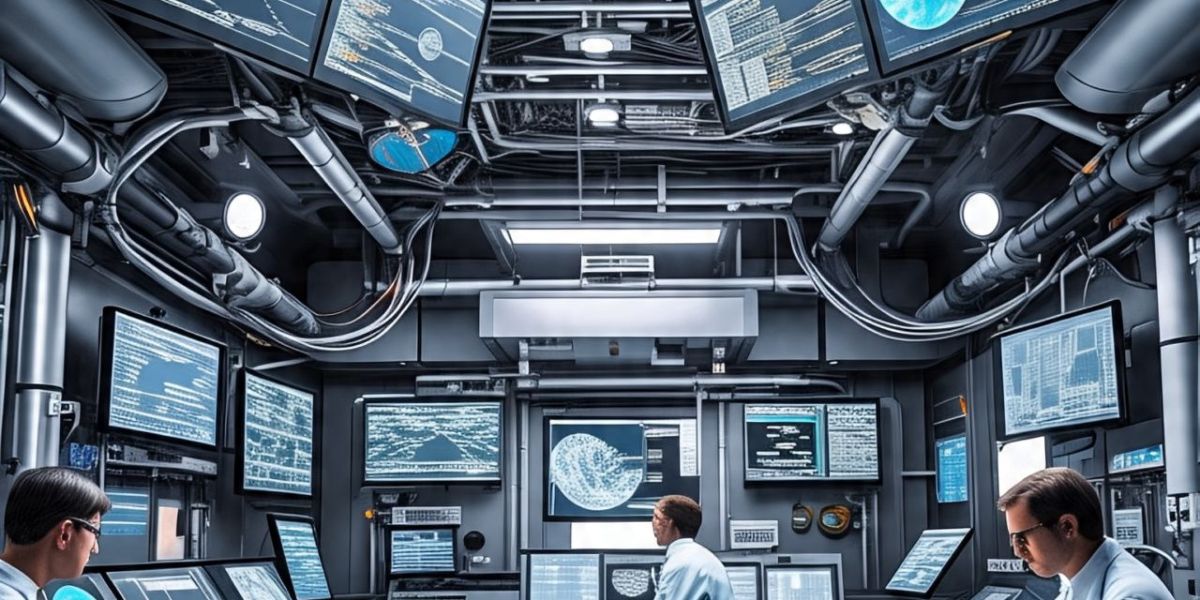Let’s Talk About Weather Radar—Because Honestly, It’s Way Cooler Than You Think
Picture this: you’re planning a road trip, packing up your bike, or just deciding if you can squeeze in a quick run before work. You check your phone, and bam—bright blobs of color swirling over your city. Rain? Thunderstorms? Is that… hail?
You don’t need to be a meteorologist to know this—you’re staring at a weather radar map.
But have you ever wondered how that colorful swirl even works? Or better yet, why is it such a big deal, especially in 2025?
Let’s break it all down—from how radar started as a wartime secret weapon to how it’s now helping farmers, pilots, and yes, even you decide whether to wear shorts or carry an umbrella.
So… what is weather radar used for anyway?

Here’s the quick and dirty version: weather radar is a system that sends out radio waves, bounces them off raindrops (or snow, hail, or whatever’s floating around up there), and tells us how bad the weather is and where it’s headed.
Think of it as echolocation—but instead of dolphins using clicks, it’s giant dishes pinging the sky. It helps track:
- Where precipitation is falling
- How heavy it is
- Which way it moving
- And how fast it’s coming
In short, it’s your storm detective.
From Bombs to Thunderstorms: The Wild History of Weather Radar
Okay, fun fact time—did you know weather radar wasn’t originally meant for weather? Back in World War II, radar was all about detecting enemy planes and ships.
But here’s where it gets interesting: soldiers started noticing weird blips during rainstorms—false positives, they thought. Turns out, those “false” echoes were rainclouds. And just like that, weather radar was born out of pure coincidence.
Fast forward a few decades—those chunky military radars shrank into sleek, phone-sized apps. From top-secret tech to something your smartwatch pings you with? That’s one heck of a glow-up.
Why Forecasting Was Kinda Hopeless Before Radar
Let’s be real—before radar, weather predictions were guesswork. We relied on surface observations, scattered reports, and a lot of hopeful praying.
Unpredictable Storms = Serious Trouble
Back in the day, people got caught off guard by storms all the time. Flash floods would sweep through towns, tornadoes would hit with no warning, and aviation accidents would occur. Don’t even get started.
It wasn’t just inconvenient—it was deadly.
Satellites Could Only See So Much
Sure, satellites helped. They gave us a nice big-picture view from space. But zooming in? Not their thing. They couldn’t see the nitty-gritty, like if rain was five minutes or five hours away. They showed cloud cover, but not the muscle behind the storm.
Radar filled in the gaps—and that’s when things changed.
Enter the Hero: How Modern Weather Radar Works
You know what? Let’s keep this simple.
Radar sends out pulses of energy (radio waves), waits for them to bounce back, and then analyzes what it gets.
Doppler Radar—The Real MVP
This isn’t your old-school radar. Doppler radar doesn’t just detect where precipitation is—it also tracks motion. Meaning? It tells you which way the storm’s moving and how fast.
It can even detect rotation inside storm cells—hello, tornado warnings.
What It Picks Up
- Precipitation type: rain, snow, hail, sleet
- Intensity: drizzle vs “Oh my god, grab the sandbags!”
- Wind speed and direction
- Storm structure and patterns
It’s like having weather X-ray vision.
Not All Radars Are Built the Same
Alright, time to geek out a bit (don’t worry—it won’t hurt).
Ground-Based vs. Airborne Radar
- Ground-based radars are what we usually think of—those giant spinning dishes planted near cities and airports.
- Airborne radars are mounted on planes. They’re especially handy for flying over oceans or hard-to-reach spots.
Dual-Polarization Radar: The Upgrade You Didn’t Know You Needed

This newer tech sends out waves both horizontally and vertically. That means it can figure out the shape of whatever it’s hitting.
Why does that matter? Because it helps tell rain from hail or snow from sleet—way more precise.
So yeah, your weather app’s accuracy? You can thank dual-pol for that.
5 Ways Weather Radar Sneaks Into Your Daily Life
Radar isn’t just for meteorologists with green screens. It’s doing way more behind the scenes than you might think.
1. Severe Weather Alerts
Those emergency notifications that jolt you awake at 2 a.m.? Yep—powered by radar. Tornado warnings, flash flood alerts, high wind threats—it’s all from radar detecting fast-moving storms.
2. Aviation Safety
Pilots rely on radar like a lifeline. It helps avoid dangerous weather systems mid-air, especially thunderstorms or wind shear. Turbulence isn’t just annoying—it can be life-threatening without radar guidance.
3. Farming and Agriculture
Farmers use radar to plan harvests, protect crops, and manage irrigation. Knowing exactly when it’ll rain—or hail—is the difference between a healthy yield and a financial disaster.
4. Marine Forecasting
Boaters and ships don’t mess around with weather. Coastal radar helps track incoming storms and high seas, making sailing a bit less… Titanic-ish.
5. Outdoor Event Planning
Planning a festival, wedding, or a backyard BBQ? Live radar lets you see if that cloud creeping over the horizon is just being dramatic—or if you should pack it up.
Reading Radar Like a Pro (Without Being a Nerd About It)
Let’s decode that colorful map you keep squinting at.
What the Colors Mean
- Green & yellow = light to moderate rain
- Red & purple = heavy rain, hail
- Blue or white = snow
- Grey or fading colors = old echoes, probably not active anymore
Movement Is Everything
Watch the direction those blobs move in. Fast-moving? That’s likely a thunderstorm on a mission. Swirling or spinning? Tornado potential. Creeping slowly? You’re in for a long, wet afternoon.
Pro Tips for Commuters and Travelers
- Use radar before you hit the road—especially if storms are in the forecast.
- Apps like RadarScope show lightning strikes and storm tracks.
- If the radar is mostly clear but the sky looks sketchy, it might be dry lightning or high-level clouds. Keep checking.
Radar vs. Satellite: Not the Same Thing, Actually
Let’s clear this up, because a lot of people mix these up.
What Satellites Do
- Take pictures from space
- Show cloud cover and temperature patterns
- Great for tracking hurricanes and massive systems
What Radar Does
- Shows precipitation in real time
- Detects motion and intensity
- Better for hyperlocal, immediate decisions (like: “should I bring an umbrella?”)
So, which is more accurate?
Honestly? It depends.
- For real-time, street-level accuracy, radar wins
- For global trends or long-term forecasts, satellites rule
They complement each other. Think of it like this: satellite is your bird’s-eye view, and radar is your street cam.
Weather Radar Apps That Work in 2025

Not all radar apps are created equal, so here’s a quick hit list of the ones that don’t suck.
1. RadarScope
- Pro-level radar for weather nerds
- Real-time updates, storm rotation, and debris tracking
- A bit technical—but worth it if you want serious detail
2. MyRadar
- Clean interface, animated radar loops
- Layers for rain, wind, and temperature
- Good balance between usability and depth
3. Windy
- More than just radar—wind, pressure, waves
- Popular with pilots and outdoor athletes
- Gorgeous visuals, but a learning curve
What to Look For:
- Radar resolution (more pixels = clearer view)
- Update frequency (every 2-5 minutes is ideal)
- Custom alerts and layers (lightning, wind, air quality)
What’s Next? The Future of Radar Looks… Kind Sci-Fi
We’re not stopping at better colors and faster updates.
AI-Powered Prediction Models
Imagine an app that not only shows where storms are but predicts where they will be 30 minutes ahead with scary accuracy. That’s what AI is doing with radar data now.
Crowd-Sourced Radar Data
People’s phones and cars now contribute micro-weather data. It’s like Waze, but for weather. That localized input? It’s a game-changer for hyper-accurate forecasts.
Why Every Young Guy Should Know How to Use Weather Radar
Let’s wrap this up.
Weather radar isn’t just for weather geeks or your uncle who watches The Weather Channel all day. Whether you’re into sports, travel, farming, flying, or just not getting caught in the rain—it matters.
It’s 2025, and information is power. Radar gives you a real-time look at what the sky’s planning—and that means better decisions, fewer surprises, and hey, maybe even dry socks.
So yeah. Keep that radar app close. Storms don’t text before showing up—but your phone can still give you a heads-up.











Leave a Reply